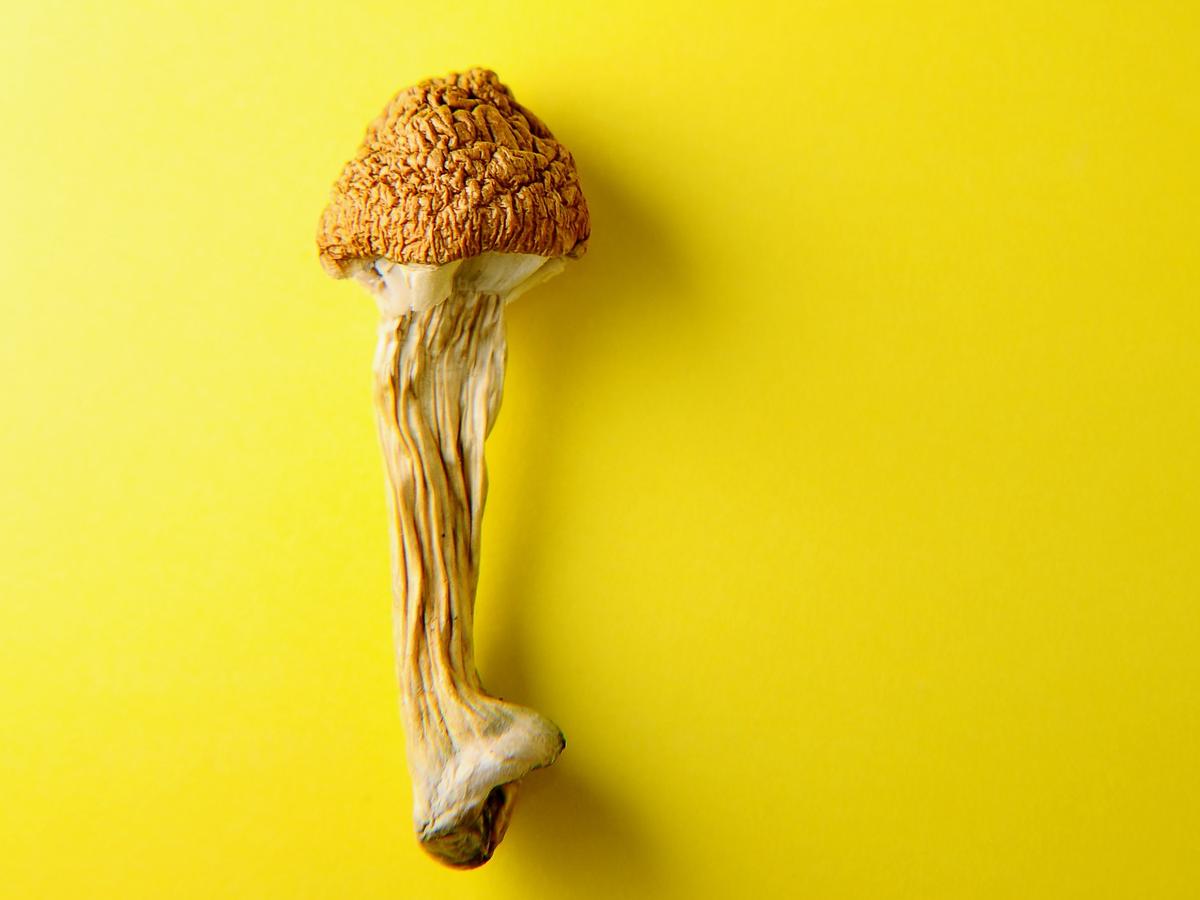

Psilocybin mushrooms are the psychedelic substance most often used in the United States, with its popularity outpacing other psychedelic drugs such as MDMA (known as ecstasy), according to a new RAND report.
Based on a new national survey, researchers found that about 12 percent of respondents reported using psilocybin at some point over their lives and 3.1 percent reported using the substance over the past year. An estimated 8 million American adults used psilocybin in 2023.
Psychedelic substances such as psilocybin mushrooms and MDMA long have been touted as holding promise for treating various mental health conditions, with enthusiasm about the substances growing during the past decade. Although clinical research continues to grow, less attention has focused on the changing policy landscape for some psychedelics.
The report, which looks broadly at emerging issues involving the use and supply of psychedelics for nonclinical purposes, suggests that as state and local officials ease regulations on the substances, federal policymakers must decide whether they want psychedelics to follow in the footsteps of the for-profit cannabis model or take another path.
“The current situation with psychedelics reminds me of where we were with cannabis policy 12 years ago” said Beau Kilmer, lead author of the report and a senior policy researcher at RAND, a nonprofit research organization. “Now is the time for federal policymakers to decide if they want to shape these policy changes or stay on the sidelines.”
Researchers caution that there is concern that if efforts to expand nonclinical supply of psychedelics do not go well, it could generate a backlash that may have a chilling effect on research and potential therapeutic uses.
“Based on what happened with clinical research on psychedelics after the 1960s, this is not an idle concern,” said Kilmer, codirector of the RAND Drug Policy Research Center.
The RAND report is based on several sources of information, including a December 2023 survey of a representative sample of 3,791 American adults who were asked about their use of a variety of substances, including psychedelics. The survey included several questions specific to psilocybin use and how it was obtained. The researchers also analyzed data from the National Survey on Drug Use and Health and the National Incident-Based Reporting System.
Researchers interviewed legal experts, policy advocates, regulators, clinical researchers, mental health providers, and representatives from organizations working in the emerging psychedelics industry for the United States and abroad. The work also included discussions with members of Indigenous communities about their spiritual medicines.
“Policy changes may affect Indigenous people who have longstanding traditions with certain spiritual medicines that are commonly referred to as psychedelics,” said Michelle Priest, coauthor of the report and an assistant policy researcher at RAND. “Engaging respectfully with Indigenous community members who are authorized to speak on these topics can help craft policies that benefit from generations of wisdom while protecting Indigenous rights.”
Despite the federal prohibition on supply and possession outside approved clinical research and some religious exemptions, some state and local governments are loosening their approaches to psychedelics, including approaches that legalize some forms of supply to adults for any reason.
For states considering alternatives to prohibiting the supply of psychedelics, the report highlights how there are many options besides the for-profit approach. For example, states could allow people to forage or grow their own, or allow them to join nonprofit collectives or cooperatives. There also is the supervised use model that’s operating in Oregon for psilocybin and is expected to be up and running in Colorado in 2025.
One difference from cannabis policy debates, the researchers note, is the role of supervision in policy discussions surrounding psychedelics. Even in places that do not adopt the supervision model being implemented in Oregon and Colorado, policymakers will likely confront many decisions surrounding the regulation of facilitators and supervision settings.
The RAND report found that unlike people who use cannabis and many other drugs, those who use psychedelics typically do so infrequently. The RAND survey found that 0.9 percent of respondents reported using psilocybin during the past month, compared to 20 percent of respondents reporting cannabis use during the past month.
Researchers estimate that among all American adults, the total number of use days in the past month for cannabis was on the order of 650 million, whereas the comparable figure for hallucinogens was closer to 7 million.
Among those reporting past year use of psilocybin in the RAND survey, 47 percent reported microdosing the last time they used. Microdosing involves using small amounts of psilocybin or other psychedelics—often 1/10th to 1/20th of a typical dose.
Researchers say one takeaway from the analysis is the extent to which infrequent users drive the market for psychedelics. For cannabis, the market for infrequent users is negligible, accounting for about 5 percent of the total use days in the past month. For psychedelics, that figure is closer to 60 percent.
“While price is a major policy lever when we think about regulating cannabis and alcohol, it will likely play a much smaller role for psychedelics since infrequent users currently drive the market and they tend to spend relatively little on these substances,” said Rajeev Ramchand, coauthor of the report and codirector of the RAND Epstein Family Veterans Policy Research Institute.
The researchers found that when they were writing the report, it became clear how little has been published about the markets and patterns of use for many psychedelics—especially psilocybin. They offer ideas for improving existing surveys such as the National Survey on Drug Use and Health, and recommend conducting qualitative research (ideally longitudinally) with those who use psychedelics and those who produce and distribute these substances in legal or illegal settings.

